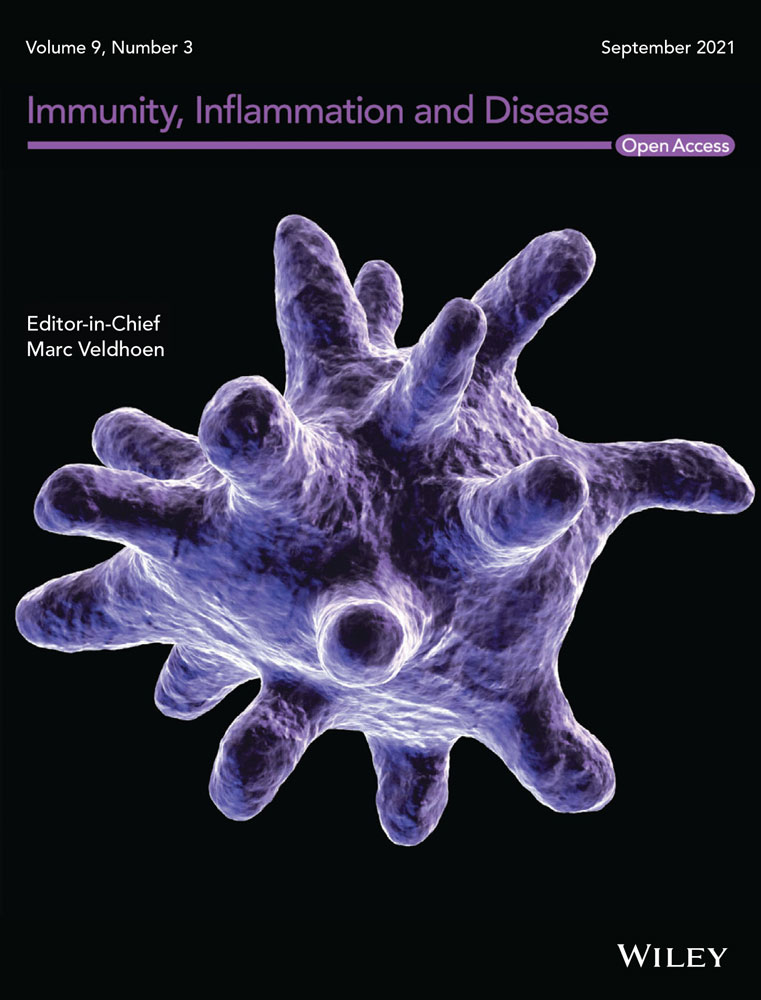Pleomorphicskin eruptions in a COVID-19 affected patient: Case report and review of the literature
Abstract
The coronavirus disease (COVID-19), during its course, may involve several organs, including the skin with a petechial skin rash, urticaria and erythematous rash, or varicella-like eruption, representing an additional effect of the severe acute respiratory syndrome coronavirus 2 (SARS-CoV-2) infection, as commonly observed in other viral diseases. Considering that symptomatic patients with COVID-19 generally undergo multidrug treatments, the occurrence of a possible adverse drug reaction presenting with cutaneous manifestations should be contemplated. Pleomorphic skin eruptions occurred in a 59-year-old Caucasian woman, affected by a stable form of chronic lymphocytic leukemia, and symptomatic SARS-CoV-2 infection, treated with a combination of hydroxychloroquine sulfate, darunavir, ritonavir, sarilumb, omeprazole, ceftriaxone, high-flow oxygen therapy devices, filgrastim (Zarzio®) as a single injection, and enoxaparin. The patient stopped all treatment but oxygen and enoxaparin were continued and the patient received a high-dose Desametasone with complete remission of dermatological impairment in 10 days. It is very important to differentially diagnose COVID-19 disease-related cutaneous manifestations, where is justified to continue the multidrug antiviral treatment, from those caused by an adverse drug reaction, where it would be necessary to identify the possible culprit drug and to start appropriate antiallergic treatment.
CONFLICT OF INTERESTS
The authors declare that there are no conflict of interests.
Open Research
DATA AVAILABILITY STATEMENT
The data that support the findings of this study are available from the corresponding author upon reasonable request.




